![]() My regular readers are probably quite used to my occasional bouts of silence on this blog, but my low internet profile in the past fortnight has been for the quite justifiable reason that I was away on holiday. I had a blast, and unsurprisingly I quite blatantly indulged my inner geo-nerd when selecting my destination, which means several cool blog posts are in the pipeline. As a teaser, I give you the following two photos, and invite you to guess their geographical and geological provenance.
My regular readers are probably quite used to my occasional bouts of silence on this blog, but my low internet profile in the past fortnight has been for the quite justifiable reason that I was away on holiday. I had a blast, and unsurprisingly I quite blatantly indulged my inner geo-nerd when selecting my destination, which means several cool blog posts are in the pipeline. As a teaser, I give you the following two photos, and invite you to guess their geographical and geological provenance.
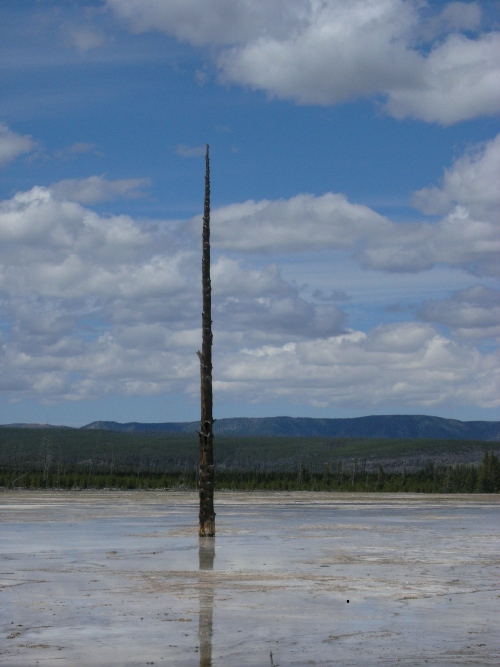

No prize in on offer save kudos for your geo-sleuthing skills, which will hopefully discourage those of you who communicate with me via other channels, and therefore already know where I’ve been hiding, from cheating. Guess away!
The Authors
Search this blog
Categories
Archives
-
Recent Posts
- No chatbots please, we’re scientists
- Golden spike or no golden spike – we are living in the Anthropocene
- We are late bending the climate change curve – but bending it still matters
- The changing picture of the Martian core
- Rivers might not need plants to meander
- Has Earth’s mantle always worked like it does today?
- How the UK’s tectonic past is key to its seismic present
- A new recipe for Large Igneous Provinces: just add BIF, then wait a couple of hundred million years
-
Recent Comments
For lot's more videos on soil moisture topics, see Drs Selker and Or's text-book support videos https://www.youtube.com/channel/UCoMb5YOZuaGtn8pZyQMSLuQ/playlists
[…] Announcing STORMS | Highly Allochthonous on Recent News […]



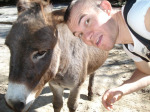 Note: This post is a collaborative effort by Anne and guest blogger Will Dalen Rice, a graduate student in the
Note: This post is a collaborative effort by Anne and guest blogger Will Dalen Rice, a graduate student in the 
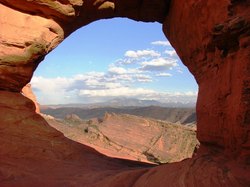

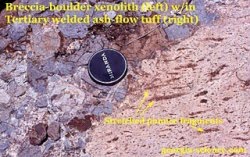
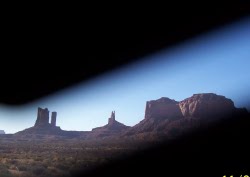
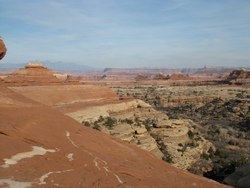
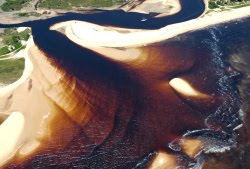



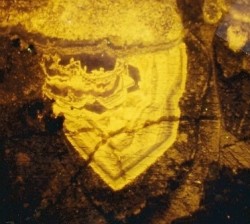

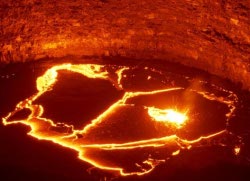
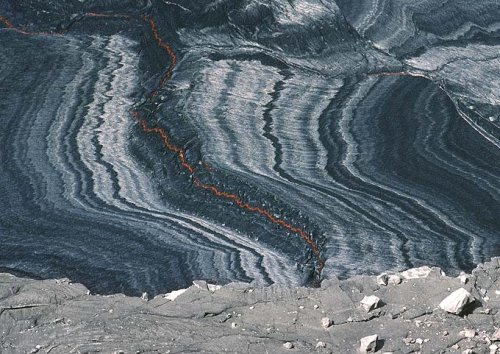
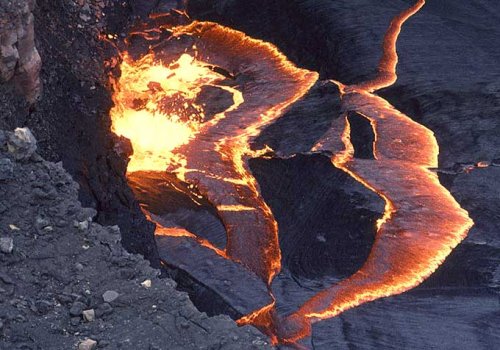


Nice plan for content warnings on Mastodon and the Fediverse. Now you need a Mastodon/Fediverse button on this blog.